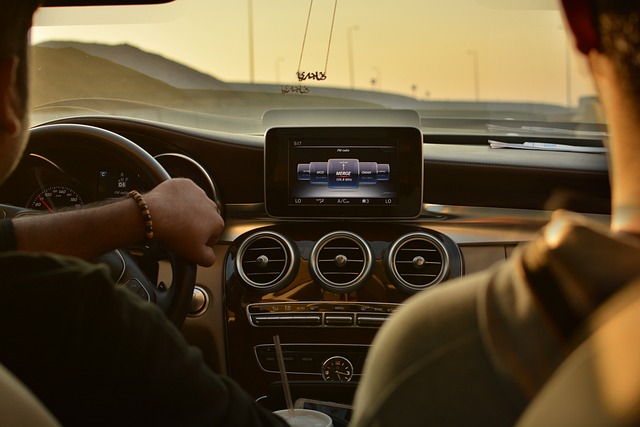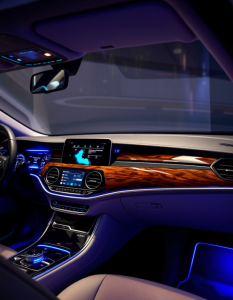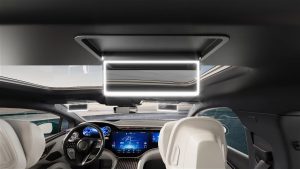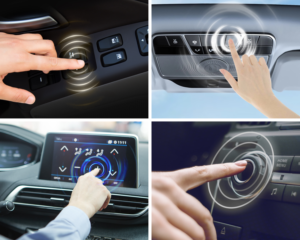Typography: The Art of Legibility
Clear and legible typography is paramount in the design of automotive HMI. Considering that drivers often need to glance quickly at displays while on the road, choosing the right fonts becomes crucial. Sans-serif fonts are commonly preferred for their clean and modern appearance, aiding readability. The size of the text is equally important, striking a balance between being large enough for quick readability and small enough to present relevant information without clutter.
Graphics: Beyond Aesthetics
Graphics in HMI serve a dual purpose – they must be visually appealing and intuitively convey information. Iconography is often employed to represent various functions, such as navigation, entertainment, or safety features. Striking the right balance between simplicity and informativeness is essential. Illustrations and animations are additional tools that can enhance the overall user experience, making interactions more engaging and memorable.
Colors: Conveying Information and Eliciting Emotions
Colors play a significant role in influencing human emotions and behavior. In automotive HMI, color choices are not merely aesthetic; they are functional. For instance, red may be used to draw immediate attention to critical alerts, while calming blues and greens may be employed for less urgent notifications. Consistency in color coding helps create a seamless and intuitive experience for the driver, minimizing cognitive load and distraction.
Visual Flow: Guiding the User Experience
The arrangement and flow of visual elements on the interface contribute to the overall user experience. A well-thought-out visual hierarchy ensures that the most critical information is prominently displayed, allowing the driver to quickly absorb key details. The placement of buttons, menus, and interactive elements should align with the natural movements of the driver, minimizing distraction and enhancing safety.
The Intersection of Form and Function
In the realm of automotive HMI, the visual elements are not merely aesthetic choices but critical components that impact usability, safety, and overall user satisfaction. As technology continues to advance, designers face the exciting challenge of striking the right balance between form and function, creating interfaces that are not only visually appealing but also enhance the driving experience.
In conclusion, the visual elements of automotive HMI serve as a bridge between the driver and the vehicle’s advanced technology. As we look to the future, the evolution of these visual elements will undoubtedly play a significant role in shaping the way we interact with our cars.







